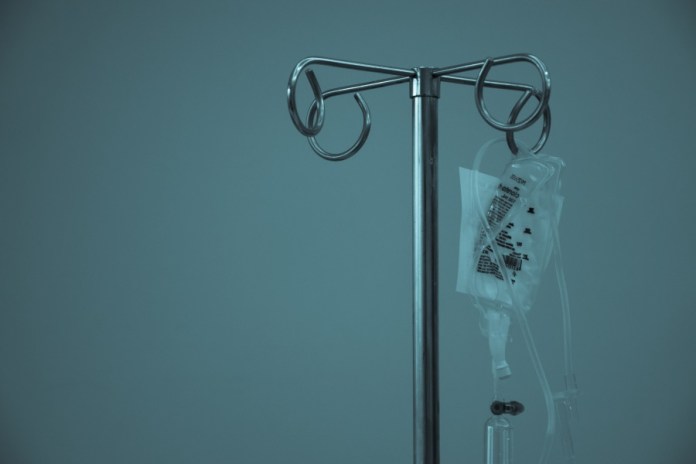Researchers from the Massachusetts General Hospital and MIT have come up with a predictive model designed to provide clinicians with guidance when it comes to determining when to provide patients who are undergoing sepsis treatment in the emergency room with potentially life-saving medication.
Sepsis is not only among the leading causes of admission but also among the top causes of death in the ICU.
However, most of these patients initially come in through the emergency room.
Usually, treatment starts with intravenous and antibiotics fluids, which are administered several litres at a time.
In case patients fail to respond well to the treatment, they mostly go into septic shock, whereby the blood pressure declines and organs fail.
The patient is then taken to the ICU, where clinicians may either stop or minimize the fluids before starting vasopressor drugs like dopamine, and norepinephrine to increase and retain blood pressure.
Things at the ICU can get tricky.
For instance, prolonged administration of intravenous and antibiotic fluids may prove ineffective and could result in organ damage.
Also, beginning vasopressor medications early may be beneficial, and has been commonly associated with enhanced mortality in septic shock.
Alternatively, giving vasopressor to patients too early, or when they are not required, comes with is own share of opposite health consequences like cell damage and heart arrhythmias.
READ MORE – Top 10 Ways Artificial Intelligence is Impacting Healthcare
READ MORE – Artificial Intelligence in Medicine – Top 10 Applications
Worst case scenario, there is no specific answer regarding when this transition ought to be made, leaving clinicians to closely monitor the blood pressure among other symptoms before making a judgment call.
In a paper intended to be presented soon at the Annual Symposium of the American Medical Informatics Association, the MGH and MIT researchers define a model with the potential not only to learn from health data drawn from emergency care sepsis patients but also forecast whether a patient will require vasopressor within the subsequent hours.
For this study, the researchers came up with the first dataset for ER sepsis patients.
Furthermore, the machine learning model could forecast a need for a vasopressor over 80% of the time during testing.
Early forecasts could avert an unnecessary stay in the ICU, particularly for a patient that does not require vasopressors or begin early preparation for the intensive care unit for patients that do.
“It’s important to have good discriminating ability between who needs vasopressors and who doesn’t [in the ER],” says first author Varesh Prasad, a PhD student in the Harvard-MIT Program in Health Sciences and Technology.
“We can predict within a couple of hours if a patient needs vasopressors. If in that time, patients got three litres of IV fluid that might be excessive. If we knew in advance those litres weren’t going to help anyway, they could have started on vasopressors earlier.”
In a clinical environment, the machine learning model could be applied in a bedside monitor, for instance, one that can track patients and convey alerts to clinicians in the ER regarding when they ought to commence the administering of vasopressors and minimize fluids.
“This model would be a vigilance or surveillance system working in the background,” says co-author Thomas Heldt, the W. M. Keck Career Development Professor in the MIT Institute of Medical Engineering and Science. “There are many cases of sepsis that [clinicians] clearly understand, or don’t need any support with. The patients might be so sick at initial presentation that the physicians know exactly what to do. But there’s also a ‘gray zone,’ where these kinds of tools become very important.”
Co-authors on this particular paper include Andrew T. Reisner, Michael R. Filbin, Saurav Nepal, and Trent D. Gillingham, all from MGH, as well as James C. Lynch, a graduate student at MIT.
Heldt also serves as an assistant professor of biomedical and electrical engineering in the Department of Electrical Engineering and Computer Science at MIT.
He also works for the Research Laboratory of Electronics as the principal investigator.
Several other models have been developed to forecast which patients are susceptible to sepsis, or when vasopressors ought to be administered in ICUs.
However, Heldt said that this marks the first model to be trained on such a task for the ER. “[The ICU] is a later stage for most sepsis patients. The ER is the first point of patient contact, where you can make important decisions that can make a difference in outcome,” Heldt says.
Varesh Prasad said: “The model basically takes a set of current vital signs, and a little bit of what the trajectory looks like, and determines that this current observation suggests this patient might need vasopressors, or this set of variables suggests this patient would not need them.”
MORE – Data Science – 8 Powerful Applications
Source: MIT




















